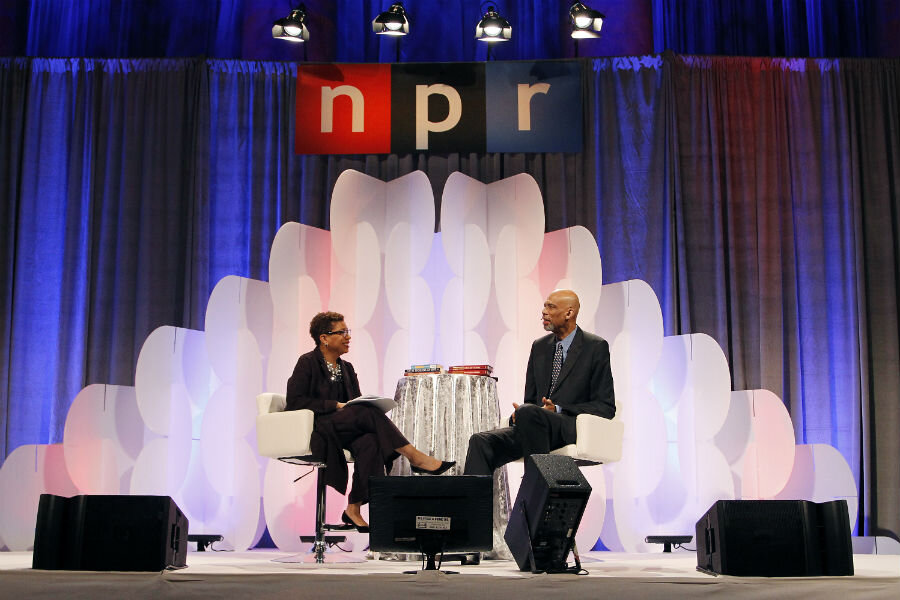NPR closes comments section: Where are conversations happening now?
Loading...
NPR announced in a blog post on Wednesday that it would remove public comments sections from articles posted on its website.
“After much experimentation and discussion, we've concluded that the comment sections on NPR.org stories are not providing a useful experience for the vast majority of our users,” wrote NPR's managing editor for digital news Scott Montgomery.
The decision is an increasingly common one. The tail end of 2014, for example, saw four prominent sites shutter their comments sections in a matter of weeks, noted the Nieman Lab in 2015. Vice Motherboard, the Daily Dot, the Daily Beast, the Verge and Bloomberg followed suit last year, according to Wired.
In many cases, editors are finding that users on comments sections are irregular readers. “Is it really a community, if it’s people bouncing in and out? Is it someone who really loves NPR?” says Claire Wardle, research director at Columbia University’s Tow Center for Digital Journalism.
“People now are more likely to bump into a news story from a site they didn’t interact with,” meaning editors who want to cultivate a community around their brand may not see that born out in comments. “It has lent itself to the idea that comments are angry, and not that useful,” Ms. Wardle tells The Christian Science Monitor.
In the case of NPR, only a tiny fraction of the audience had actively used the sections. “The NPR.org audience has grown dramatically in recent years, to between 25 and 35 million unique visitors each month," wrote Mr. Montgomery. "But far less than 1% of that audience is commenting, and the number of regular comment participants is even smaller.”
Social media is taking an increasingly dominant role in the distribution of news, with 14 percent of Americans saying they use it as their chief source. NPR pointed to its varied efforts on those channels, calling it “one of our most powerful sources for audience interaction,” and said it would be investing greater efforts in Hearken, a new engagement tool that allows reporters and audiences to co-develop story ideas.
In leaner times, newsrooms aren’t necessarily throwing money at social media.
Andrew Losowsky, project lead at The Coral Project, which develops open-source software for digital engagement, tells the Monitor that there were drawbacks with focusing too heavily on social media site such as Facebook and Twitter.
“You have no control over the platform, no control over moderation tools, and no control over data. It’s very hard to build relationships over Twitter,” he says. “You need to be thinking of ‘engagement funnels’ – how to get people more dedicated to your product. That’s very hard to initiate and maintain, and harder if it’s on someone else’s platform.”








